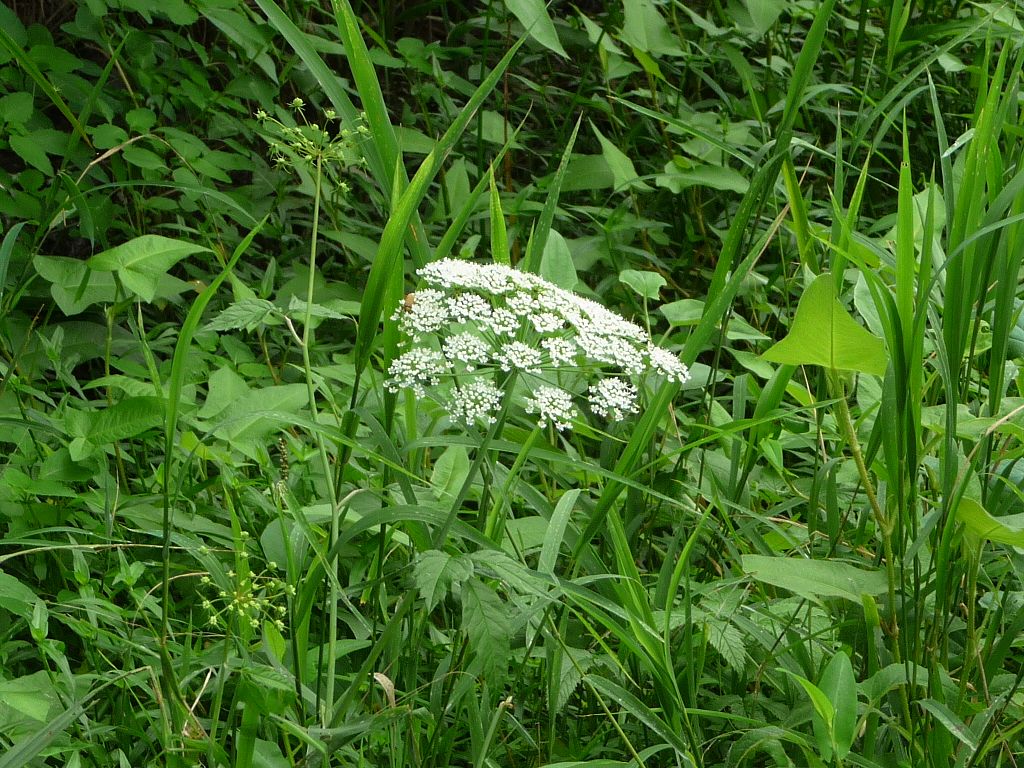Plants & Mushrooms

Exposure to poisonous plants may cause skin irritation, rashes, blistering, swelling or other symptoms. Some plants are only poisonous if ingested, and may cause nausea, vomiting, seizures or respiratory failure. In rare cases, these can lead to death. Unknown plants and berries should never be touched, tasted or handled. It is not safe to eat wild plants, berries or other foliage without proper identification as some toxic plants may be mistaken for a non-toxic lookalike. Any plant may cause unexpected symptoms if eaten, including choking. Supervision is important in preventing accidental exposure by children and pets.
Many poisonous plants are not native to the Pacific Northwest. They may be transplants thriving in the Pacific Northwest climate. Learn more about the plants in your area, where you plan to visit and especially, in and around your home.
Safety Tips:
- Familiarize yourself with plants growing in and around your home and any areas your children frequently play.
- Remove toxic plants from your yard and inside your home.
- Supervise children while playing outdoors, hiking, camping and in any new environment.
- Teach children from a young age not to touch or taste plants unless given by a trusted adult. Some edible plants and berries have toxic lookalikes.
- If you suspect a poisoning, don't take a chance. Call the poison center at 1-800-222-1222.
Resources:
Mushroom Poisoning & Mushroom Safety

Mushroom poisoning is serious and can make you very sick or even be fatal. Symptoms of mushroom poisoning include nausea, vomiting, diarrhea and in severe cases, seizures, kidney failure and liver failure.
Mushrooms vary by region. If you have recently relocated to the Pacific Northwest from another region of the United States or another country, it is important to learn mushroom identification in your new location if you plan to forage for mushrooms. Many poisonous mushrooms have a non-poisonous look-a-like and it can be very hard to tell the difference between them.
Mushroom Safety Tips
- Never pick and eat wild mushrooms unless they’ve been identified by a mushroom expert (mycologist).
- Keep a close eye on kids and pets when exploring the outdoors. Wild mushrooms may look appealing to children due to their bright color and appearance.
- Teach children from a young age not to put mushrooms or other plants in their mouth unless an adults says it's okay.
- If you are interested in learning more about wild mushroom identification and habitat in Oregon, visit the Oregon Mycological Society website for information on classes and membership.
- Learn more by downloading the Mushroom Safety flyer from the Oregon Poison Center.
If you or a loved one has ingested a poisonous mushroom or you have concerns that a wild mushroom you have ingested may be poisonous, call the poison center right away: 1-800-222-1222.